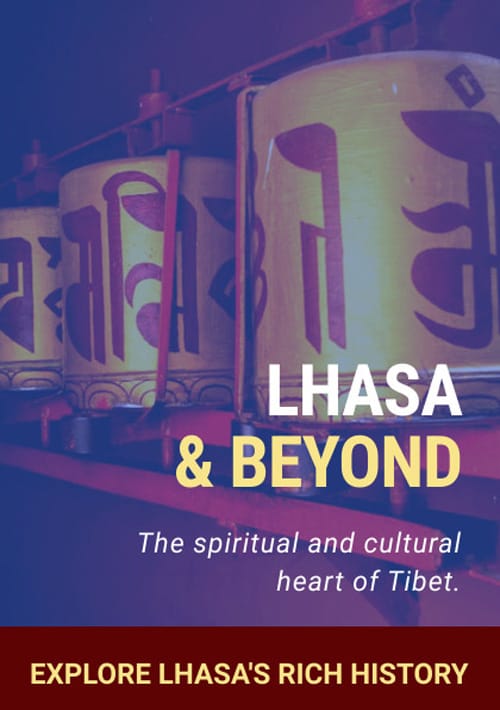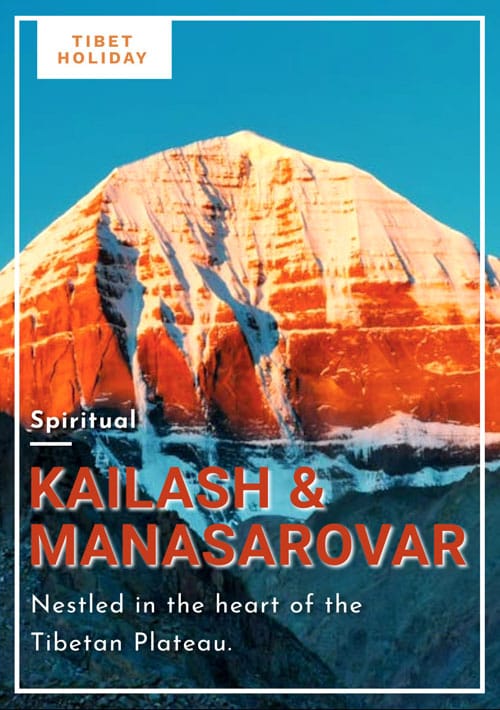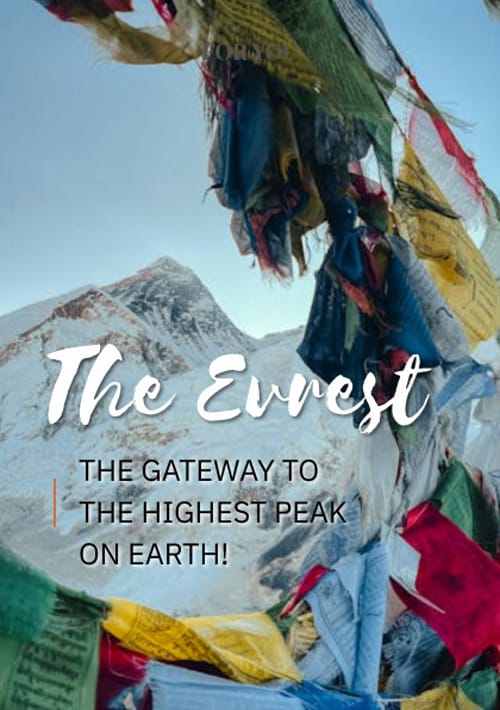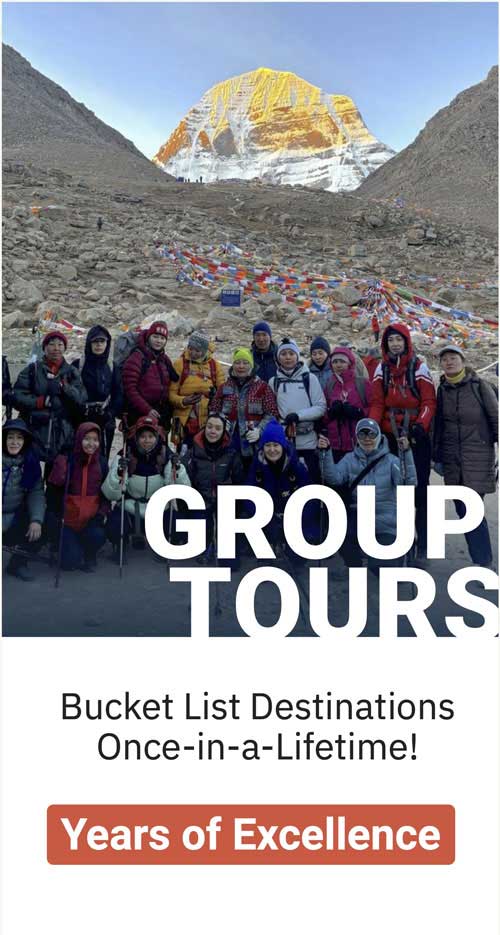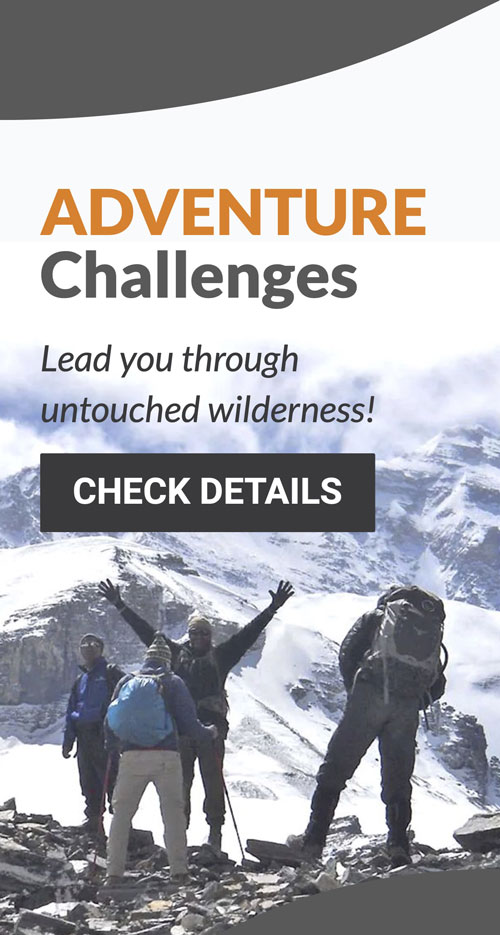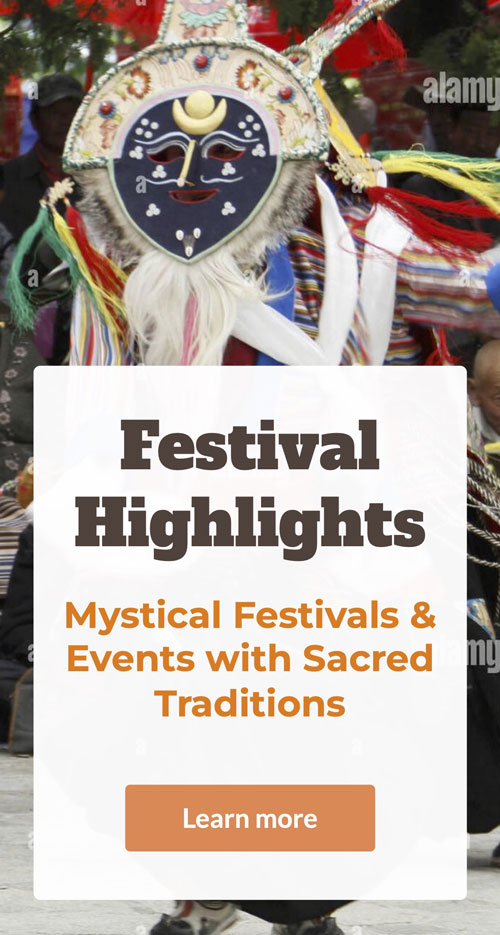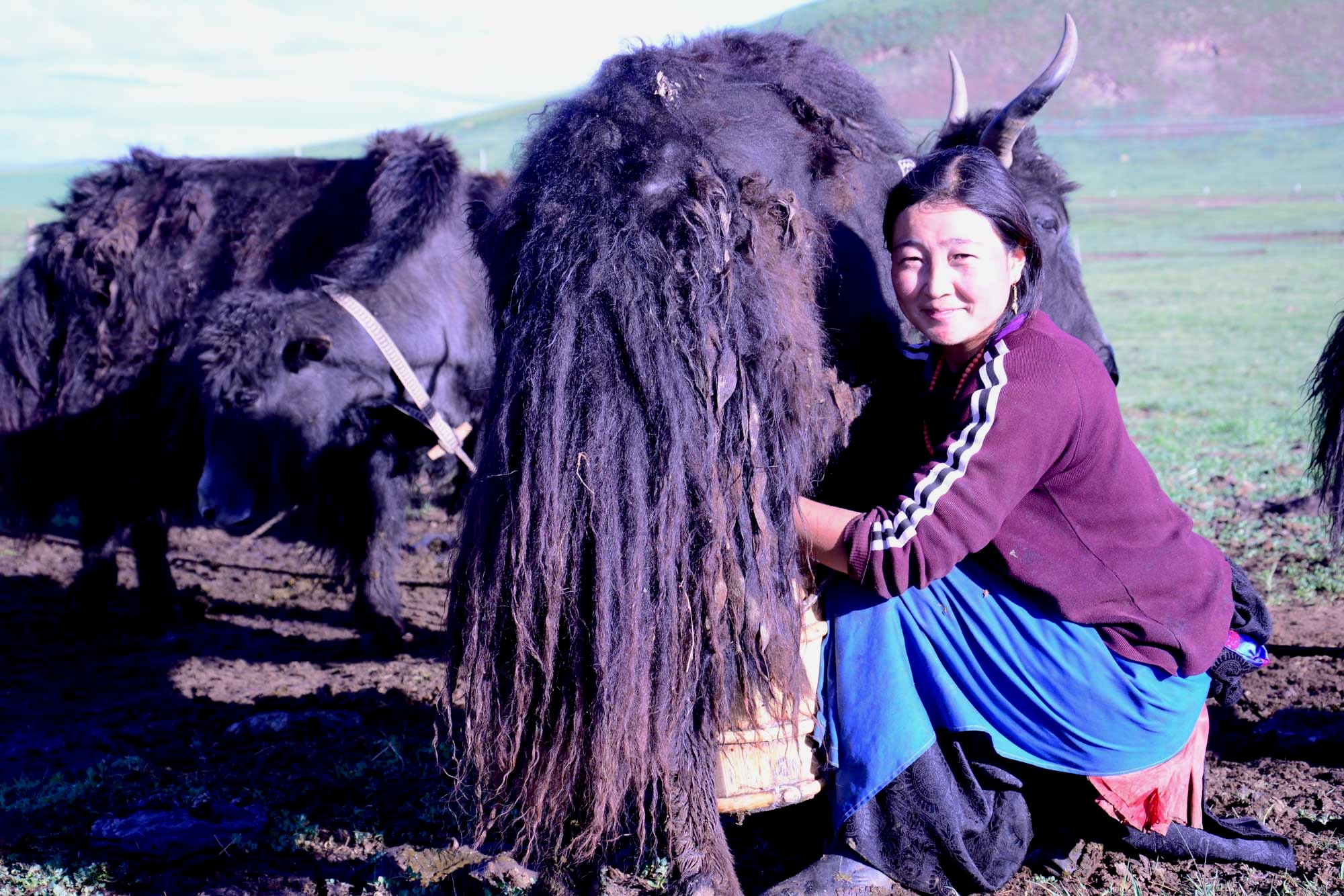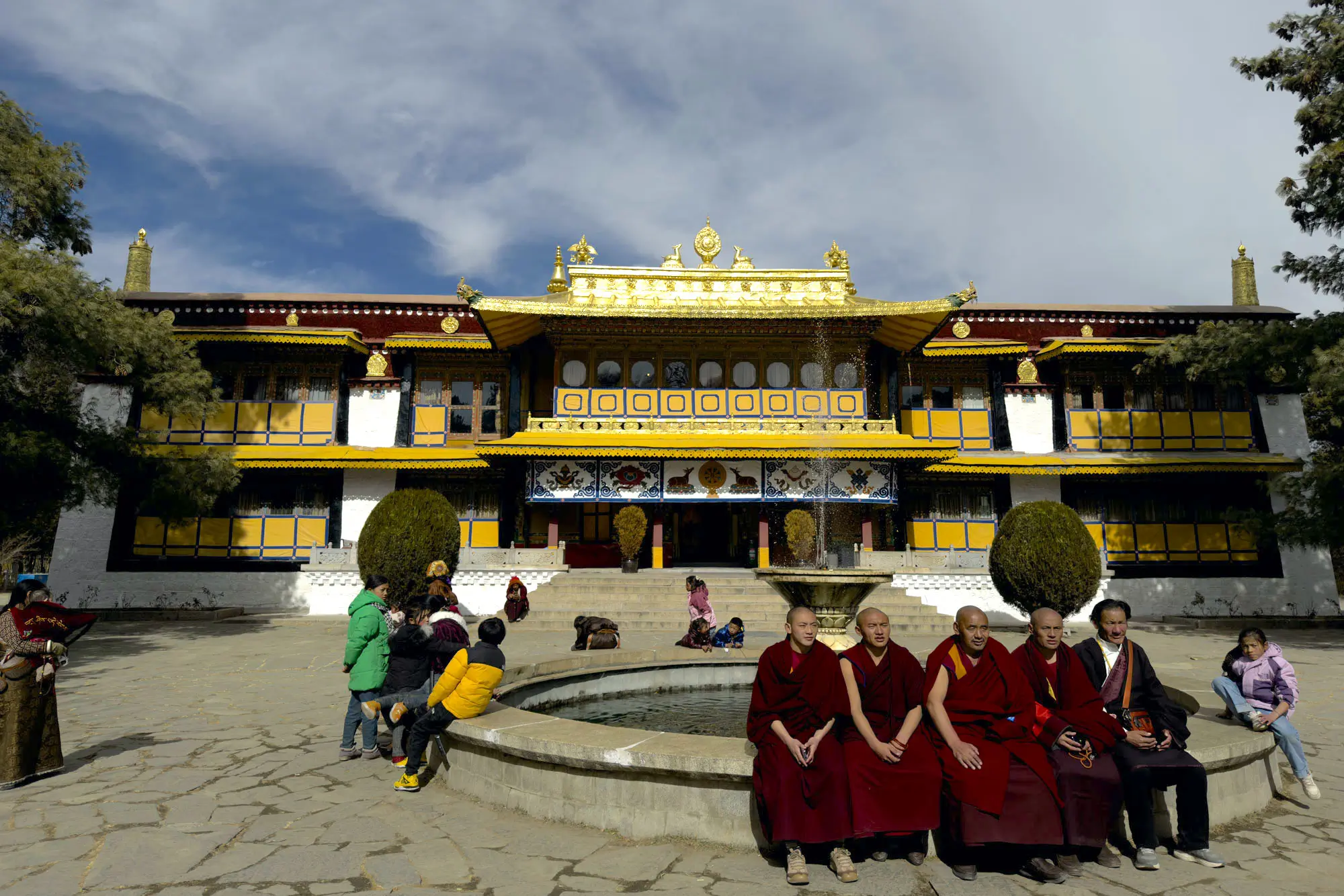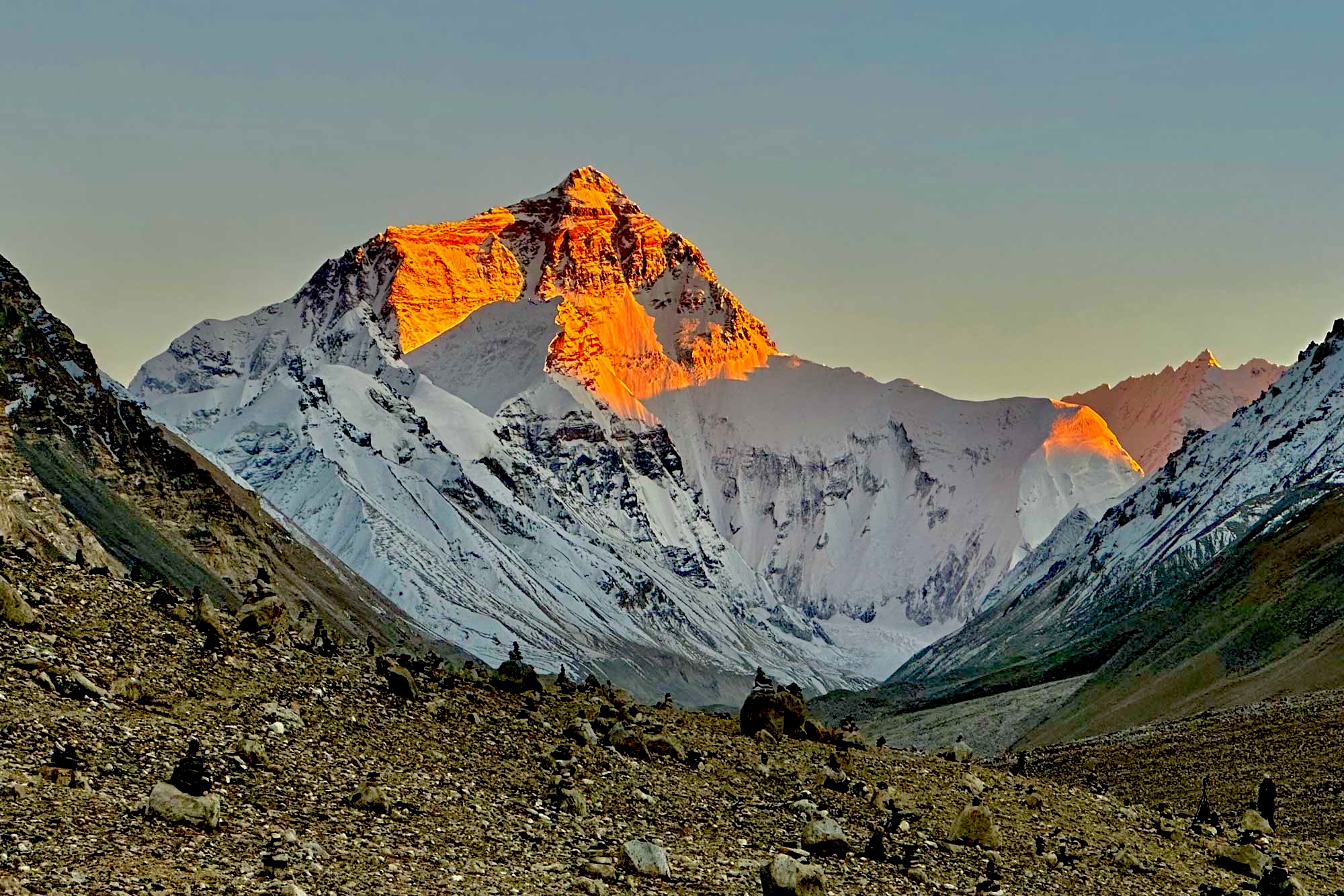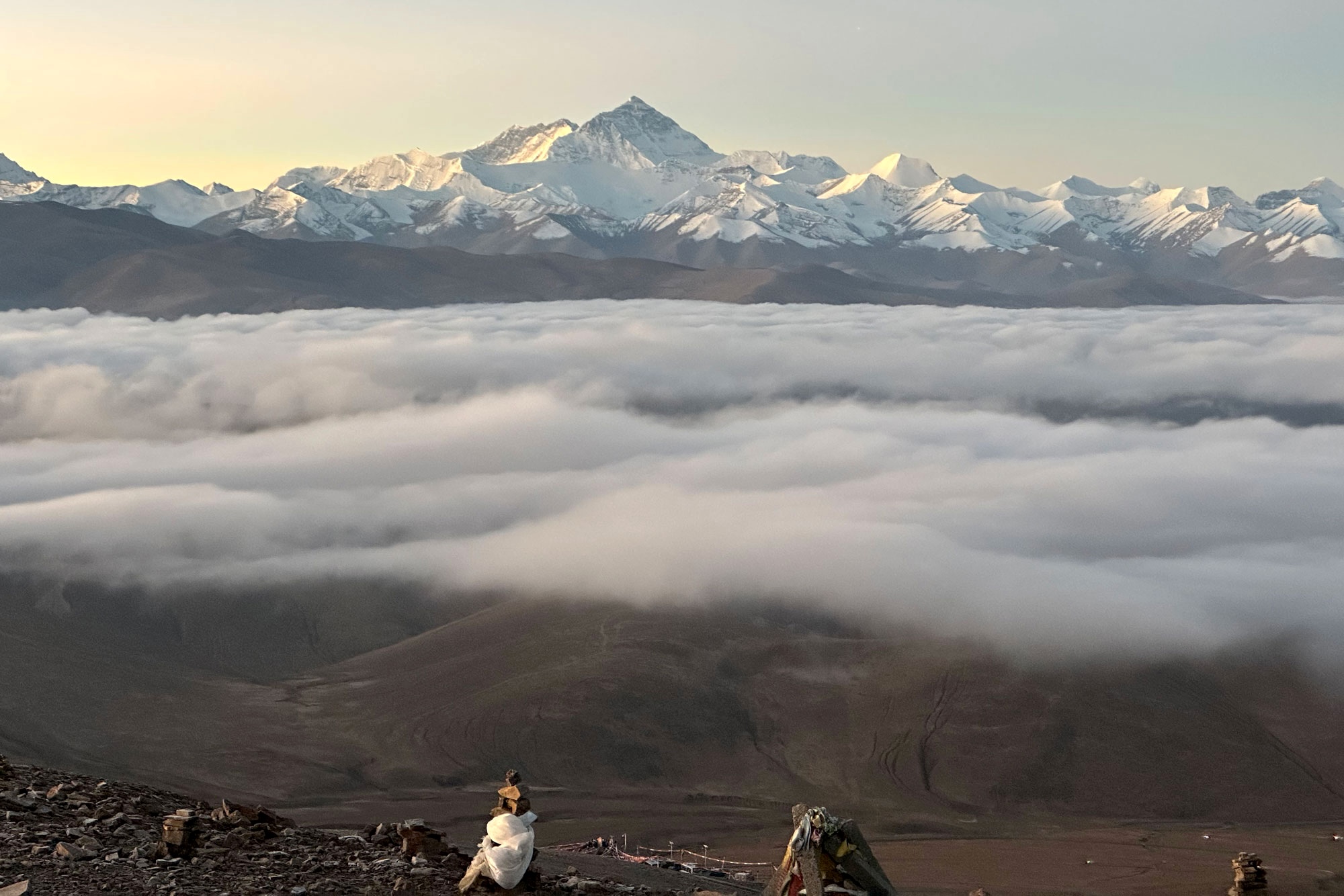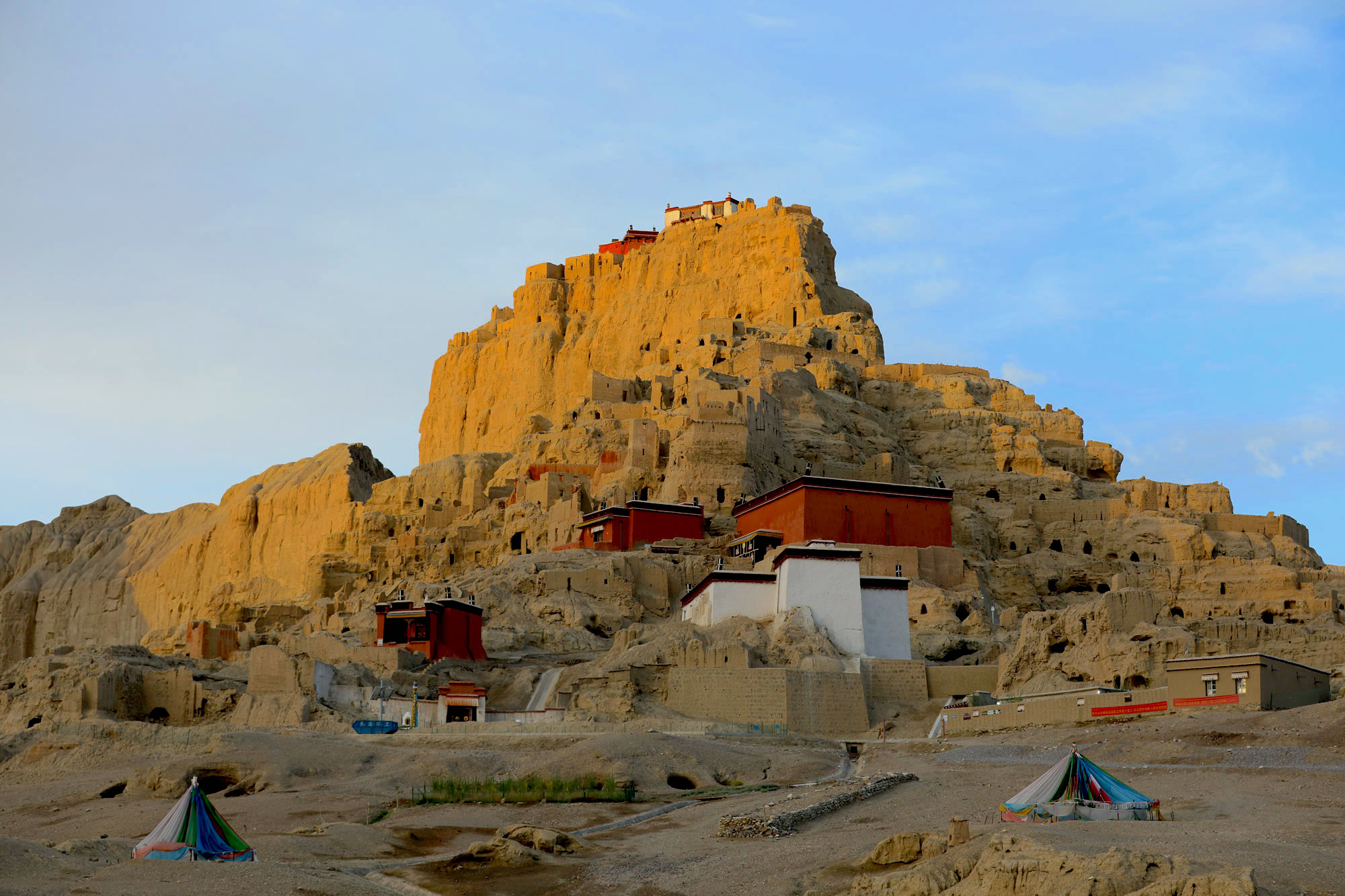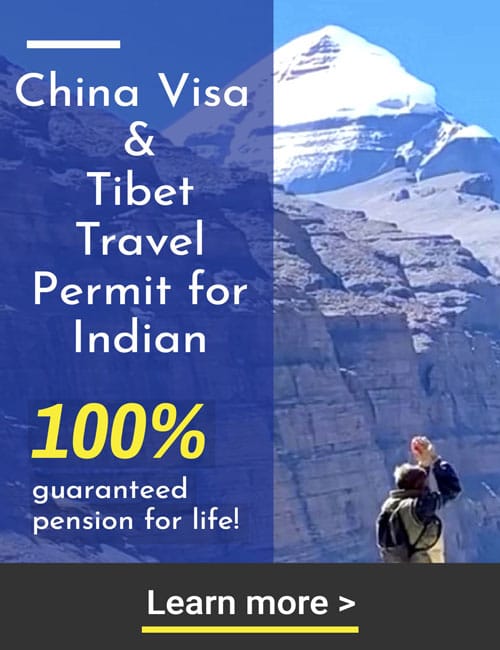Tibet, often referred to as the “Roof of the World,” is one of the most unique and spiritually rich destinations on the planet. Known for its awe-inspiring landscapes, profound Buddhist culture, and fascinating history, Tibet offers a travel Tibet experience like no other. Whether you’re an adventure seeker, a history buff, or someone seeking spiritual enlightenment, Tibet travel experiences cater to all. In this blog, we will explore the top 10 must-do Tibet travel experiences that will make your Tibet trip unforgettable.
1. Visit the Potala Palace in Lhasa
No trip to Tibet would be complete without a visit to the Potala Palace, the iconic symbol of Tibetan culture and spirituality. Perched high on a hill, this majestic palace was the winter residence of the Dalai Lama for centuries and is now a UNESCO World Heritage Site. With its stunning architecture, beautiful murals, and impressive collection of artifacts, the Potala Palace offers a fascinating glimpse into Tibet’s royal history and Buddhist traditions.
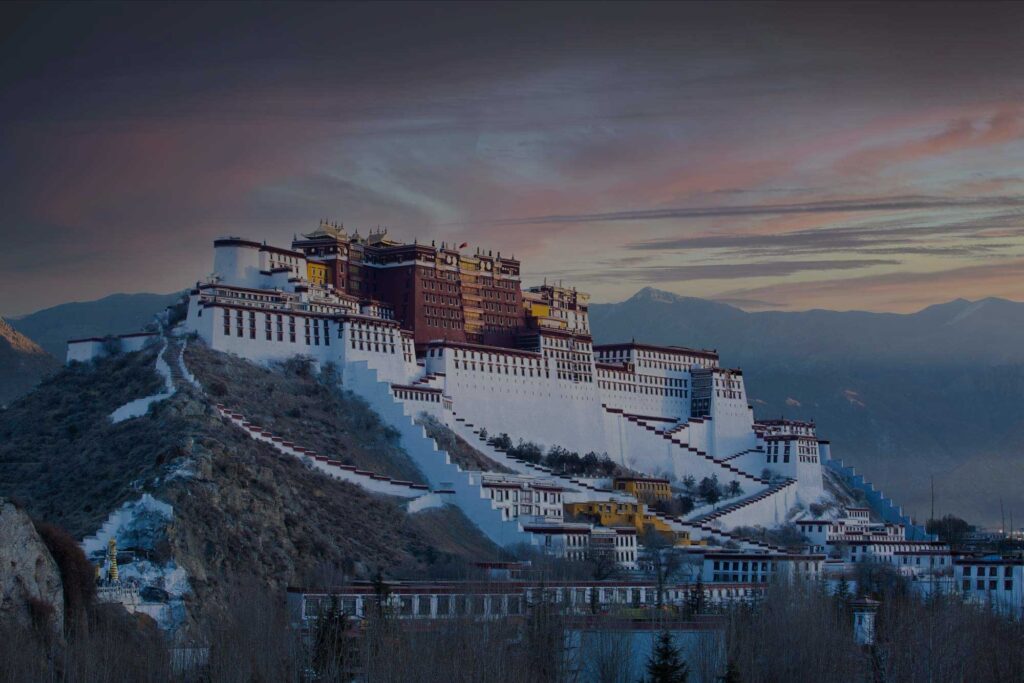
As you walk through the palace, you’ll be mesmerized by the intricate details of Tibetan art and architecture, including gold-plated statues, ancient scriptures, and colorful Thangkas (traditional Tibetan scroll paintings). The views from the top are equally breathtaking, providing a panoramic view of Lhasa and the surrounding mountains.
Tip: Arrive early in the morning to avoid the crowds, and be sure to take a guided tour to learn about the rich history and significance of the Potala Palace.
2. Explore the Jokhang Temple
Located in the heart of Lhasa, the Jokhang Temple is one of the most sacred sites in Tibetan Buddhism. Pilgrims from all over Tibet flock to this temple, which is believed to house a statue of the Buddha brought from India in the 7th century. The temple’s spiritual atmosphere is palpable, and it’s an ideal place to observe Tibet’s vibrant religious life.
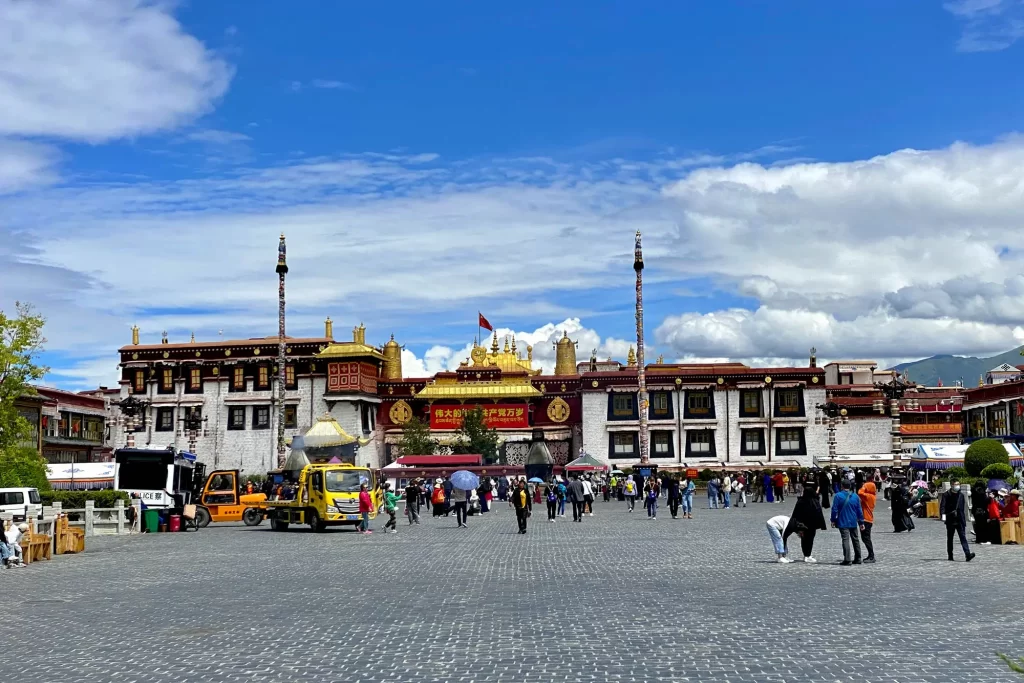
The Jokhang Temple’s architecture is a fascinating blend of Indian, Nepalese, and Tibetan styles. Inside, you’ll find sacred relics, prayer wheels, and monks engaged in prayers and rituals. The temple’s spiritual significance and serene ambiance make it one of the most important Tibet travel experiences for those seeking to connect with Tibet’s Buddhist heritage.
Tips: Be respectful when visiting the temple—wear modest clothing and refrain from taking photos inside. Take a walk around the Barkhor Street, the bustling market that surrounds the temple, where you can purchase local handicrafts and religious items.
3. Trek to Everest Base Camp
For adventure enthusiasts, a trek to Everest Base Camp is one of the most thrilling Tibet travel experiences. While the Nepalese side of Mount Everest receives more attention, Tibet offers a less crowded, yet equally breathtaking route to the world’s tallest peak. Starting from the Tibetan town of Tingri, the trek takes you through dramatic landscapes, remote monasteries, and high-altitude passes before reaching Everest Base Camp.
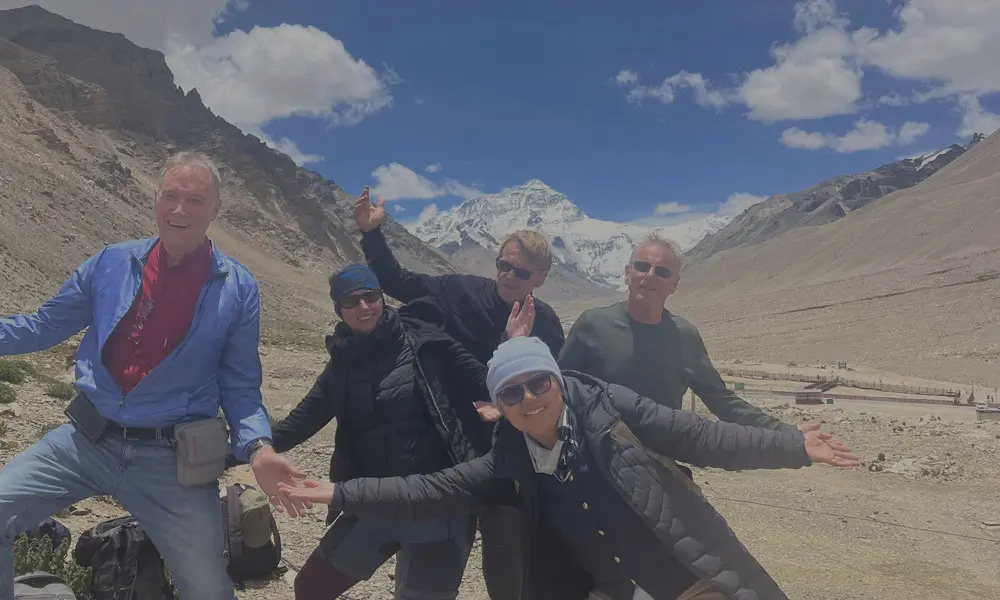
At the base camp, you’ll be treated to awe-inspiring views of Mount Everest (called Chomolungma in Tibetan), surrounded by snow-capped peaks and vast plains. The trek itself is physically demanding, so it’s recommended for experienced trekkers who are well-prepared for high-altitude hiking.
Tips: Trekking in Tibet requires a special permit, so be sure to arrange your trip with a reputable Tibet tour operator. Acclimatization is key, so take your time and drink plenty of water to avoid altitude sickness.
4. Visit the Yamdrok Lake
Tibet is known for its stunning natural beauty, and Yamdrok Lake is one of the most beautiful and serene destinations in the region. Located about 100 kilometers from Lhasa, this turquoise lake is surrounded by snow-capped mountains, making it a perfect spot for photography and relaxation. The lake is considered sacred by Tibetans, and it’s believed that its waters have healing properties.

There are several viewpoints around the lake that offer panoramic views, including a high-altitude pass where you can take in the full splendor of the lake below. It’s also a great spot for a picnic or a peaceful moment of reflection.
Tips: The lake can get quite windy, so bring warm clothing even in the summer months. You can also visit nearby monasteries, such as the Samding Monastery, which adds a spiritual touch to your visit.
5. Explore the Tashilhunpo Monastery
Located in the city of Shigatse, Tashilhunpo Monastery is one of the most important Tibetan Buddhist monasteries in the region. Founded in the 15th century by the first Dalai Lama, the monastery is home to the Panchen Lama, the second-highest spiritual leader in Tibetan Buddhism. The monastery’s vast complex houses temples, chapels, and a giant statue of Maitreya Buddha, which stands over 25 meters tall.
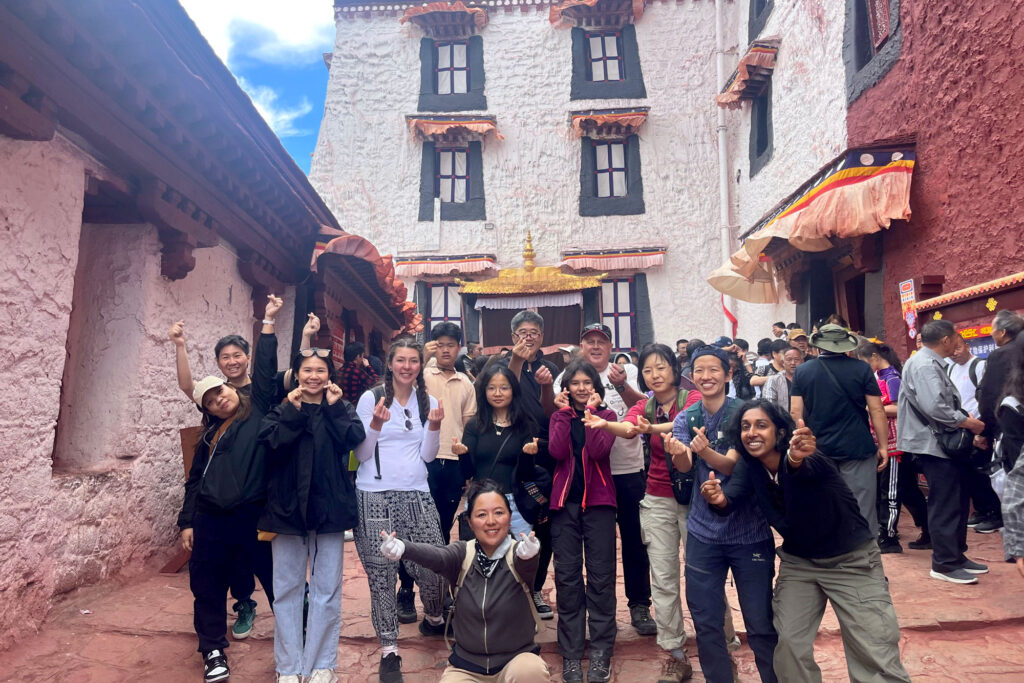
The Tashilhunpo Monastery offers a chance to experience Tibetan monastic life, with monks performing daily rituals and prayers. The monastery is also a repository of sacred texts, and visitors can view ancient thangkas and Buddhist artifacts. Read our Tibet travel tips to have a memorable Tibet travel.
Tips: Tashilhunpo is an active monastery, so be mindful of the monks and their spiritual practices. Photography is generally not allowed in the temples, but you can take photos of the monastery’s exterior and surrounding areas.
6. Discover the Namtso Lake
Namtso Lake is one of Tibet’s most stunning natural wonders. Situated at an altitude of 4,718 meters, it is the highest saltwater lake in the world and offers unparalleled views of the surrounding snow-capped mountains and grasslands. The lake’s crystal-clear waters and picturesque landscapes make it a popular destination for photography and outdoor activities.
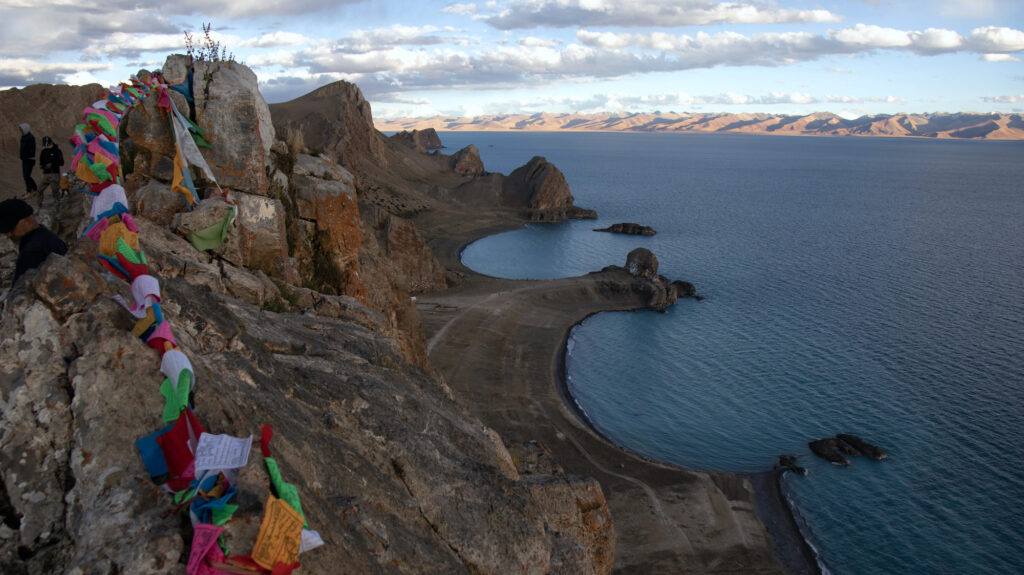
Trekking around Namtso Lake is a popular activity for those looking to immerse themselves in Tibet’s natural beauty. The lake is also considered sacred by Tibetans, and many pilgrims make the arduous journey to Namtso lake to perform spiritual rituals and prayers.
Tips: The high altitude can be challenging, so make sure you acclimatize properly before visiting Namtso. Be prepared for cold temperatures, even in the summer months, and bring appropriate clothing for hiking.
7. Experience Tibetan Nomadic Life
One of the most unique Tibet travel experiences is the opportunity to witness traditional Tibetan nomadic life. The Tibetan Plateau is home to many nomads who have lived in harmony with the land for centuries, raising yaks, sheep, and goats in the vast, open spaces.
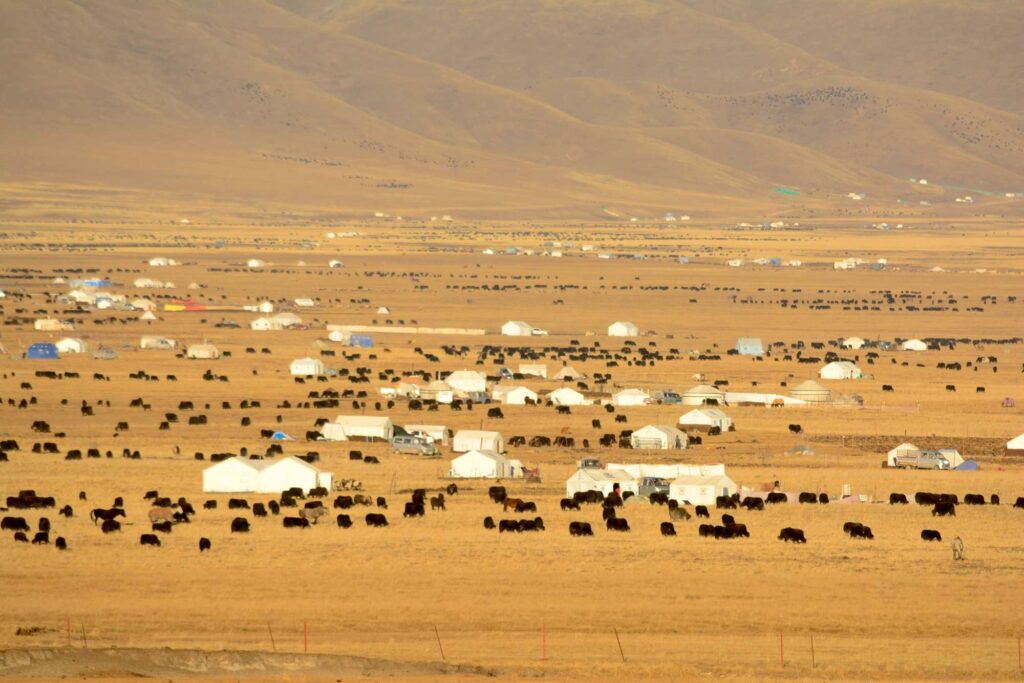
Visiting a Tibetan nomad’s tent, or “yak hair tent,” is a chance to learn about the traditional way of life, including the making of yak butter tea, the preparation of traditional meals, and the rituals associated with daily life. Nomads are known for their warmth and hospitality, and spending time with them can provide deep insights into Tibetan culture.
Tips: We offer a great homestay experiences with Tibetan nomads, where you can spend a few nights with a local family. It’s important to approach these experiences with respect for the nomadic way of life and the environment.
8. Visit the Guge Kingdom Ruins
For history lovers, the ancient ruins of the Guge Kingdom are a must-see. Located in the remote western region of Tibet, the Guge Kingdom was once a powerful kingdom that thrived from the 10th to the 17th century. Today, its ruins, including temples, fortresses, and caves, offer a fascinating glimpse into Tibet’s medieval history.
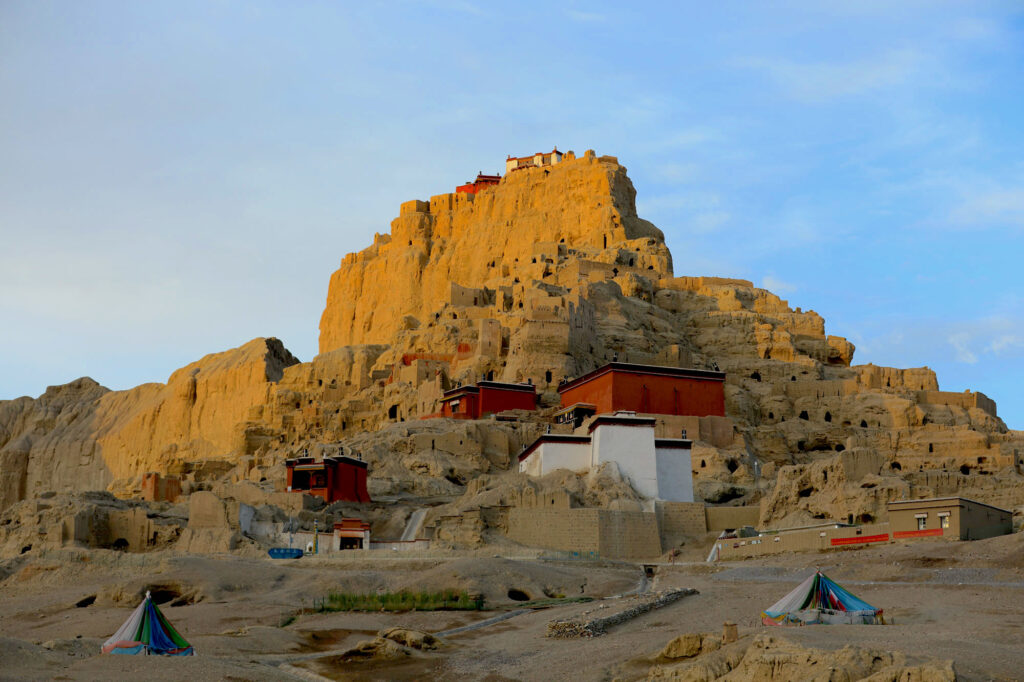
The Guge Kingdom was known for its wealth, art, and cultural achievements, and its influence on Tibetan Buddhism is still evident today. The ruins are perched on a dramatic cliffside, and the views from the top are nothing short of spectacular.
Tips: Due to its remote location, getting to the Guge Kingdom requires careful planning. Most visitors access it from the town of Zanda, and it’s advisable to hire a local guide to navigate the area.
9. Explore the Mount Kailash Pilgrimage
Mount Kailash is one of the holiest mountains in the world, revered by Hindus, Buddhists, Jains, and Bonpos alike. Located in western Tibet, Mount Kailash is believed to be the abode of Lord Shiva in Hinduism and a sacred site for Tibetan Buddhists who view the mountain as the center of the universe.
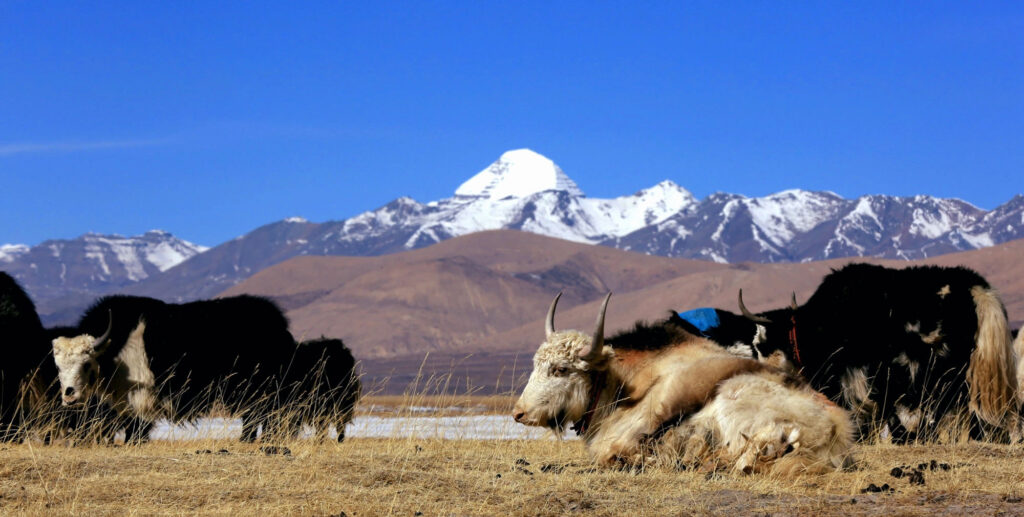
Pilgrims from all over Tibet and beyond make the arduous journey to Mount Kailash to perform a ritual circumambulation, or “kora,” around the mountain. The kora is a challenging 3-day trek that takes you through rugged terrain, high-altitude passes, and stunning landscapes. For many, it is considered the journey of a lifetime and a path to spiritual purification. Join our Saga Dawa Festival Tour 2025 to experience the most vibrant festivals in Tibet.
Tips: The Mount Kailash kora is physically demanding, so it’s important to be well-prepared and acclimatize before attempting the trek. Make sure you have the necessary permits and consider joining a guided pilgrimage tour for a more structured experience.
10. Wander Through Tibetan Markets
Tibet is home to vibrant markets where you can find an array of traditional goods, from handcrafted jewelry and clothing to religious items such as prayer wheels and prayer beads. Lhasa’s Barkhor Street, in particular, is a bustling market where locals and tourists alike shop for Tibetan handicrafts and souvenirs.
The markets are also great places to interact with Tibetans, who are known for their friendly and welcoming nature. You can learn about Tibetan culture, pick up unique souvenirs, and even sample traditional Tibetan foods such as momo (dumplings) and yak meat.
Tips: When shopping in Tibetan markets, remember to bargain politely. It’s also a good opportunity to try local snacks and learn about the different types of Tibetan arts and crafts.
Conclusion
Tibet offers a wide range of unique travel experiences, including the chance to journey from Lhasa to Kathmandu. This iconic route takes travelers through breathtaking landscapes, high-altitude deserts, and remote Tibetan villages, ultimately reaching the vibrant Nepali capital. One of the best times to visit Tibet is during the Saga Dawa Festival, a deeply spiritual event that celebrates the birth, enlightenment, and death of Buddha. It is a fantastic opportunity to witness Tibetan Buddhist rituals and festivals in full swing. For those with limited time, days tour in Lhasa, including visits to the Potala Palace and Jokhang Temple, offer a compact yet enriching introduction to Tibet’s culture and history.

